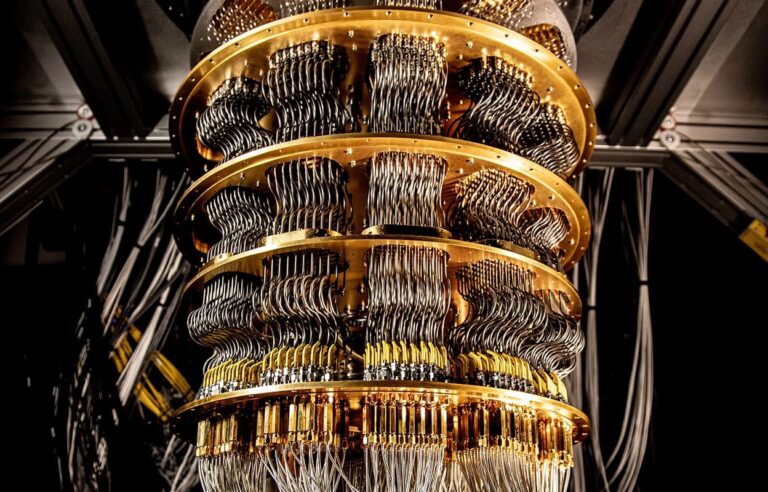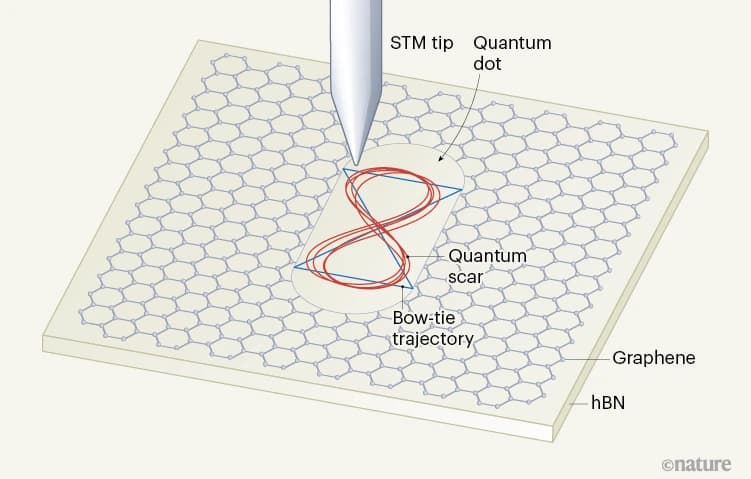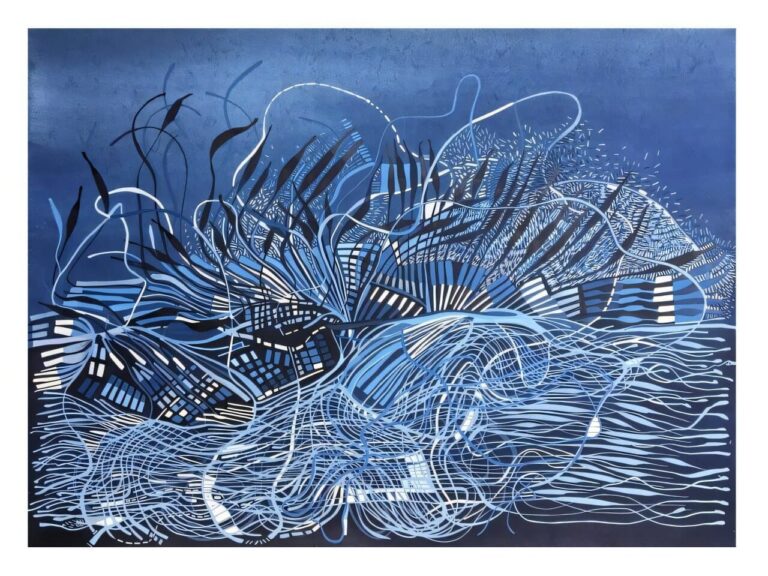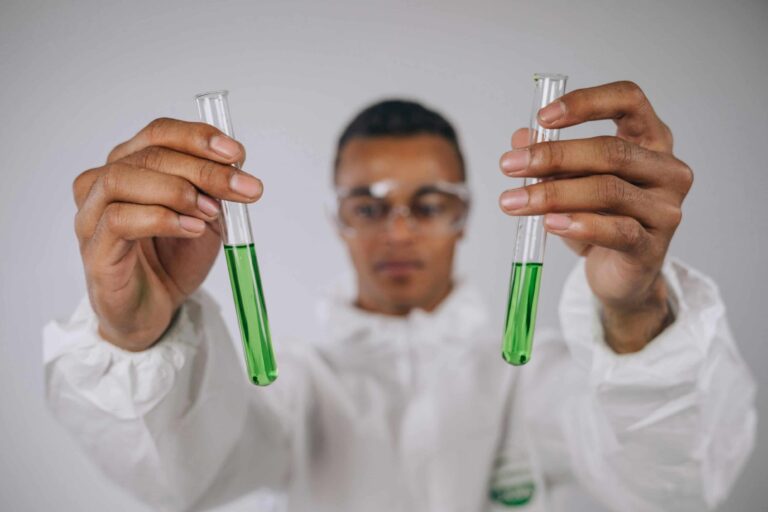Get paid for Peer Reviews
An innovative journal is compensating peer reviewers with a specially developed cryptocurrency, equivalent to US $150 per review. This journal is part of ResearchHub, a platform designed to enhance the openness and efficiency of scientific research. Reviewers are rewarded with a token called ResearchCoin for their engagement with the content. ResearchHub, launched in 2020, is…









